BOSTON – Canadian National CEO Jean-Jacques Ruest says there’s a whole lot of low-hanging technology fruit that his railroad can pick before moving toward one-person crews or fully autonomous operations.
Ruest says CN can be a safer, more automated, and more productive railroad through widespread deployment of readily available technology, whether that’s putting more information in the hands of crews and carmen or using high-resolution cameras to scan passing trains for defects.
Mining company Rio Tinto operates autonomous trains from mines to port in Australia, which Ruest says is a far cry from complex operations in North America.
“You’re not driving through cities. You’re operating through very vast, open space with very few people, very few crossings, one origin, one destination,” Ruest told a recent investor conference. “So that’s…the simplest way to implement autonomous trains.”
Positive train control might eventually be the foundation for a reduction to one-person crews, but only in simple operational environments similar to Rio Tinto’s in Australia, Ruest says. “It’s a combination of technology and working with your labor contracts,” he says.
Any move toward one-person crews would happen first on CN lines in the U.S., where positive train control is federally mandated. Canada is studying enhanced train control, which would add grade-crossing protection by incorporating data from GPS equipment on commercial vehicles like buses and trucks.
“But before we get to that, technology should be something that we deploy,” Ruest says.
Examples include:
— Putting mobile devices in the hands of switching crews, who could record their work as well as receive real-time updates from customers.
— Having carmen use mobile devices to log their repair work, which would improve the billing process.
— Using scanning portals, like those being installed near Winnipeg, that use high-resolution cameras and software that analyzes images to find defects more accurately than the human eye can do. Ultimately, this will allow carmen to spend more time repairing cars and less time inspecting them.
— Gleaning track data from sensor-equipped boxcars that roam the system in revenue trains.
This type of technology, when deployed first by operating region and eventually across the network, will produce immediate results, Ruest says. He spoke on Sept. 5 at the Cowen & Co. Global Transportation Conference.
Executives from Union Pacific and CSX Transportation have said they see PTC as the foundation for one-person crews or autonomous operations sometime after the 2020 implementation deadline for the safety system. Neither railroad has a timetable for doing so, however.
Norfolk Southern officials have said they see PTC as a communications backbone for an array of technology, one day potentially including a reduction to one-person crews or autonomous operations. People at NS are working toward developing a pathway to one-person crews and autonomous operations, Chief Financial Officer Cynthia Earhart told the Cowen conference.
BNSF Railway in 2014 sought to move to one-person crews in the Pacific Northwest, but rail labor voted down a proposal to create “master conductor” positions. The master conductors would shadow trains over certain operating territory and responded to problems such as broken coupler knuckles.
Class I executives have said the technology is far ahead of regulators and public acceptance of freight trains operating with no one in the cab.





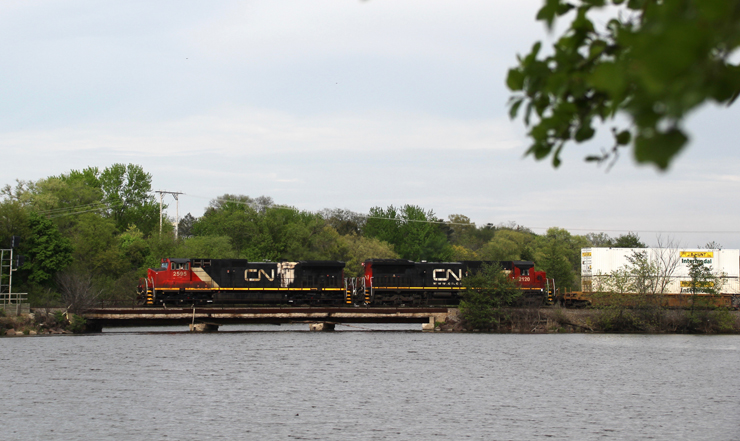

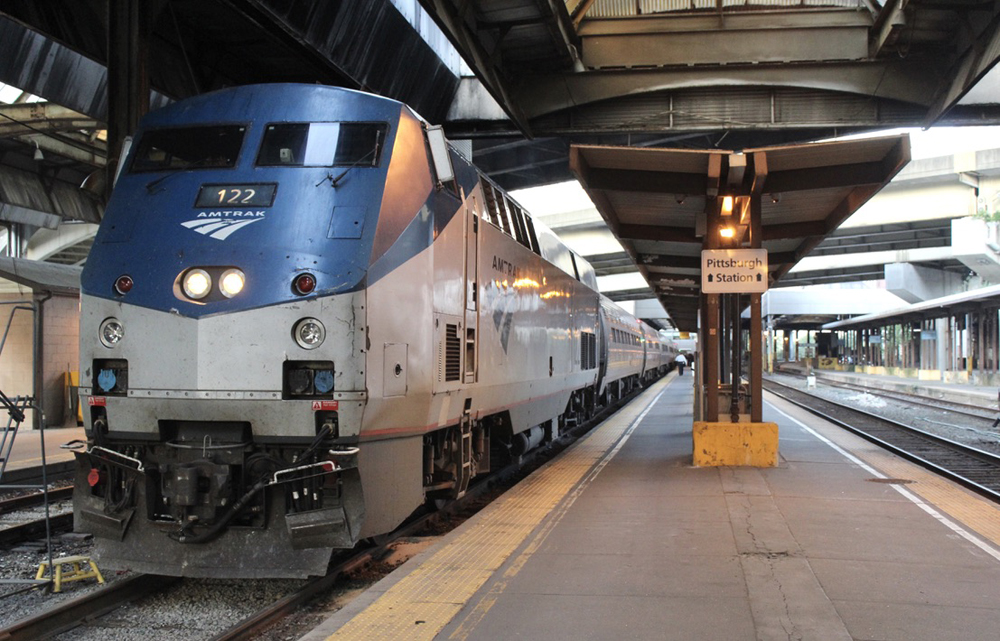
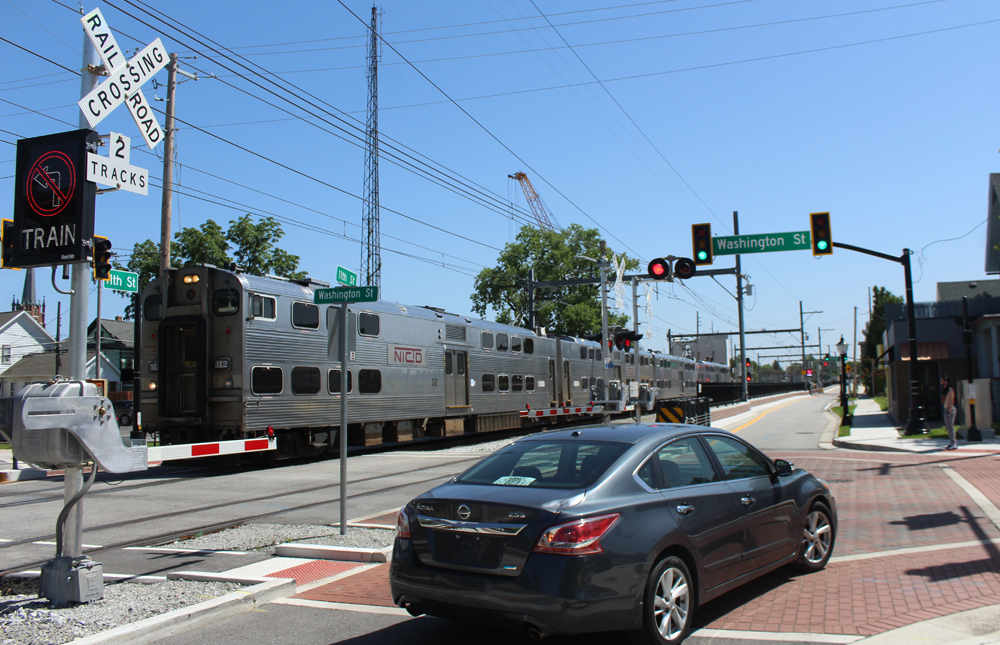
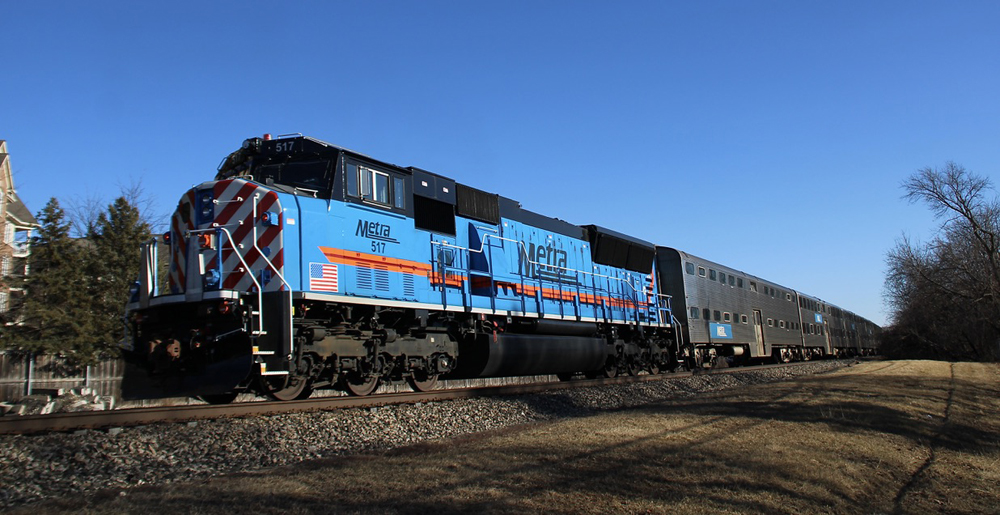
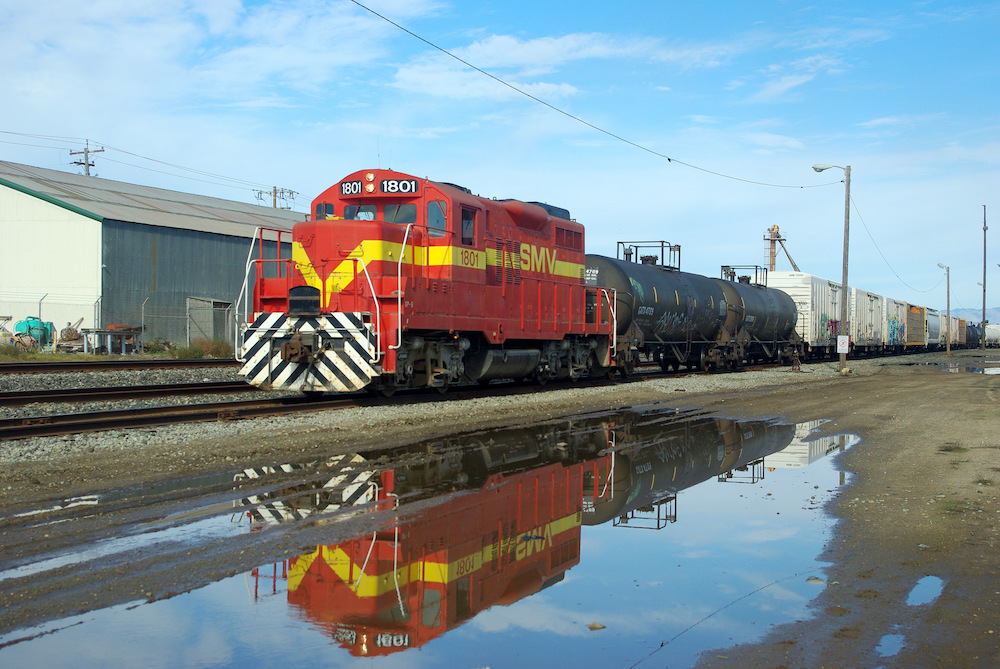




So, in other words, put reliance on technology to “improve” things and add additional stress to a trainman (if train crews are reduced to one man). It never fails to amaze how the world these days tries to believe technology can save so much hassle when in the long run it can create trouble that was never imagined. Although this example is in trucking, ELD’s were thought to improve things for trucking and it has yet to show real positive field results. With railroads, how would running one man, or autonomous, long distance through dense populations make the public feel? Now, some may try to compare the USA to Australia here, I will argue that is like comparing apples to oranges. The Aussie trains that run without crews are located way out from population centers and run dedicated commodities in unit trains. They don’t run ethanol, or acids, or TIH hazmat cargo like we do here. On top of that the US network is setup vastly different than that of Australia, or most other nations.